The cute little pika inhabits rocky slopes in the western mountains. You will be lucky to find tracks but haystacks and cut plants are useful cues.


Although many think of it as a rodent, it is actually related to rabbits and hares-- a fact that becomes obvious when you look at them more closely.

Skree slopes appear to be favorite haunts for the pika. This slope near Mt Hood in Oregon housed a sizeable population.
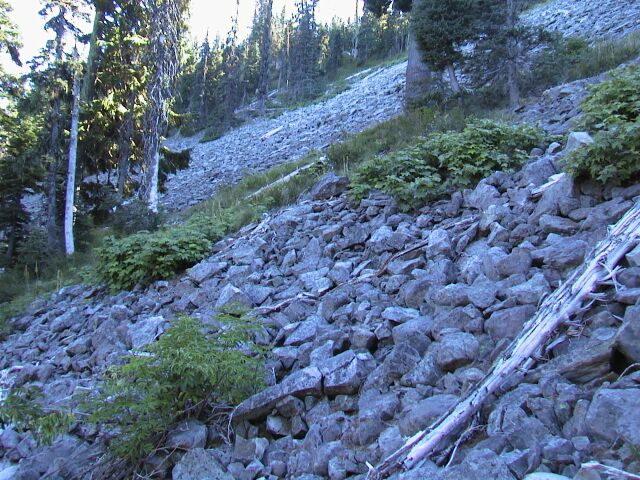
I found that I could observe pikas unobtrusively by finding a neutral place to sit quietly. After keeping an eye on me from a favorite lookout rock for awhile, they would resume their activity and occasionally they would even approach me. Activity was greatest during the morning and early evening.
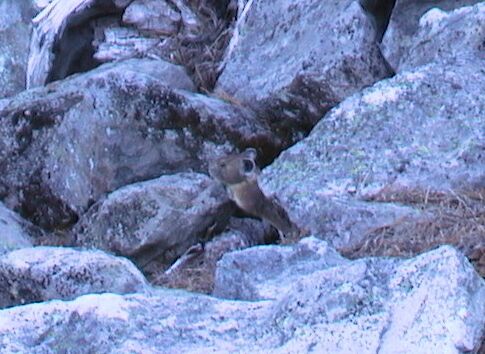
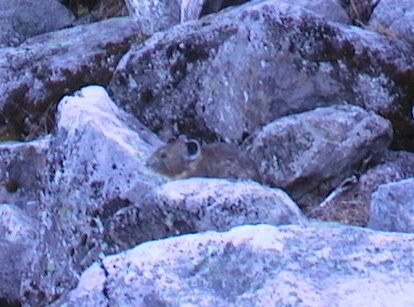
The Goat Rocks Wilderness has lots of good pika habitat and a thriving population.
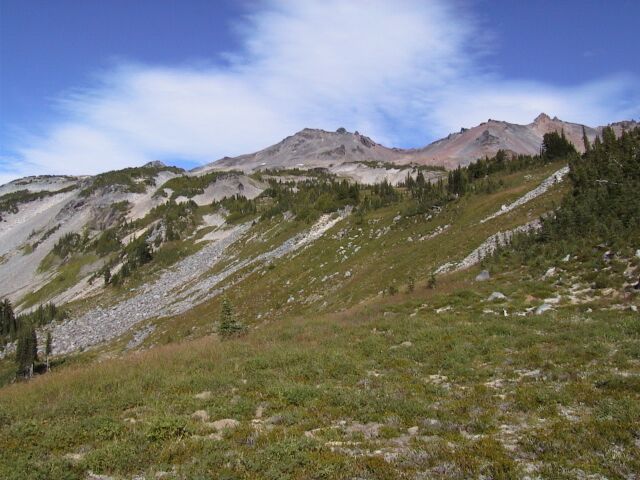
Haystacks are a trademark. Pika harvest a variety of plants and stash them among the rocks to dry. They will feed on these food caches during the winter months.

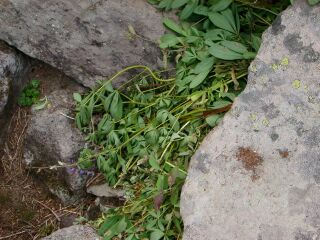
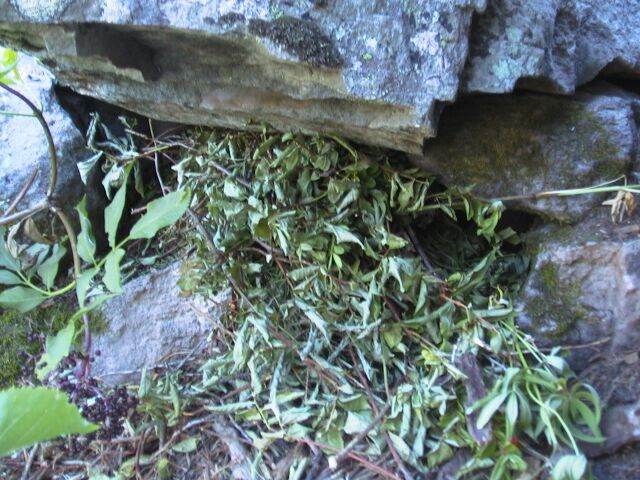
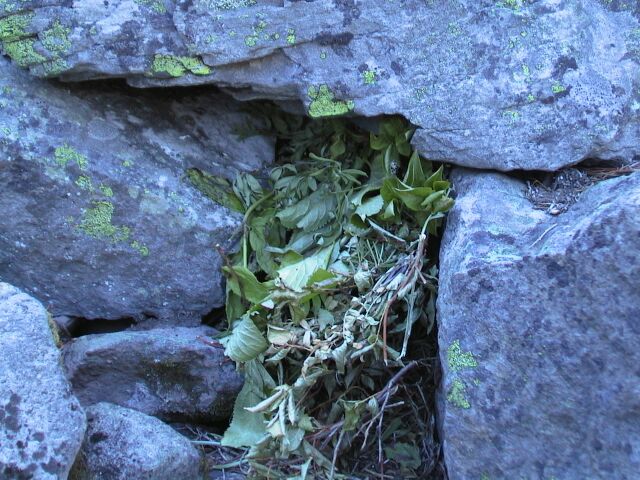
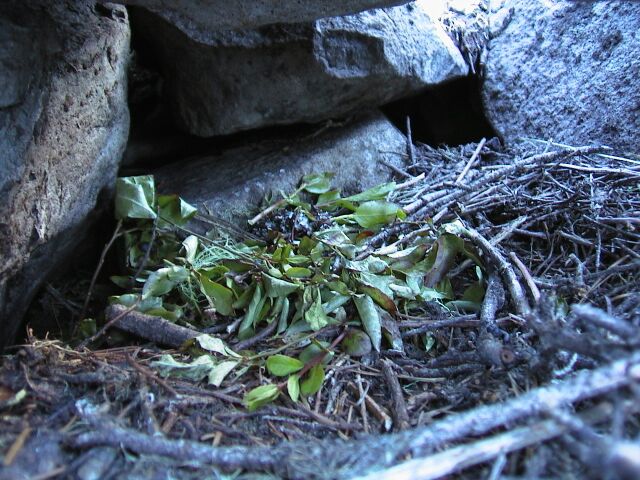
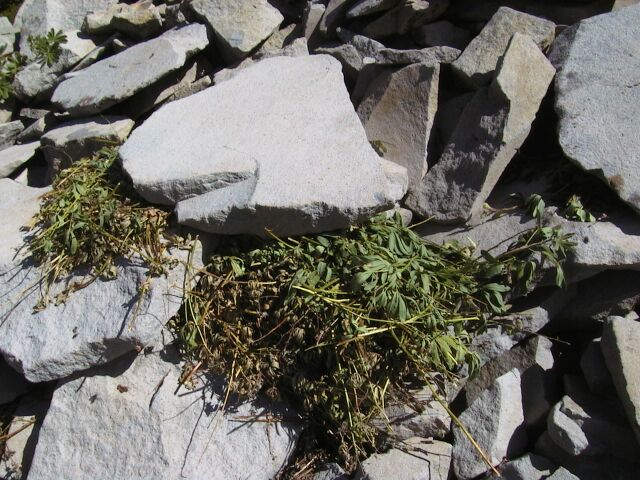
I observed them harvesting lupine and elderberry as well as several plants I could not identify. The contents of the haystack suggested a fairly broad diet including grass, heather, partridgefoot, and a variety of broadleaf herbs. However, lupine and elderberry do appear to be preferred foods.
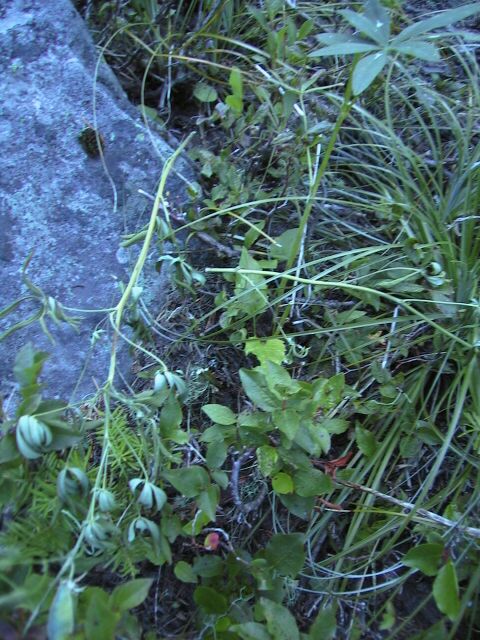
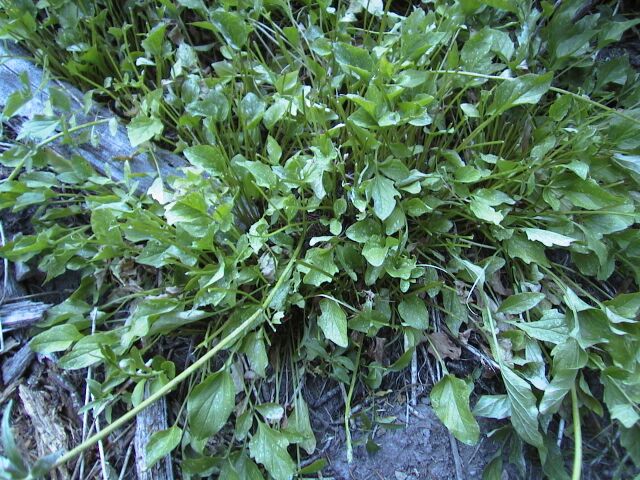
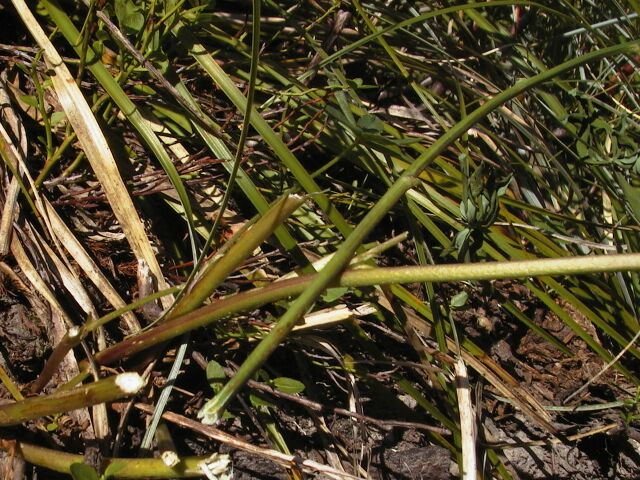
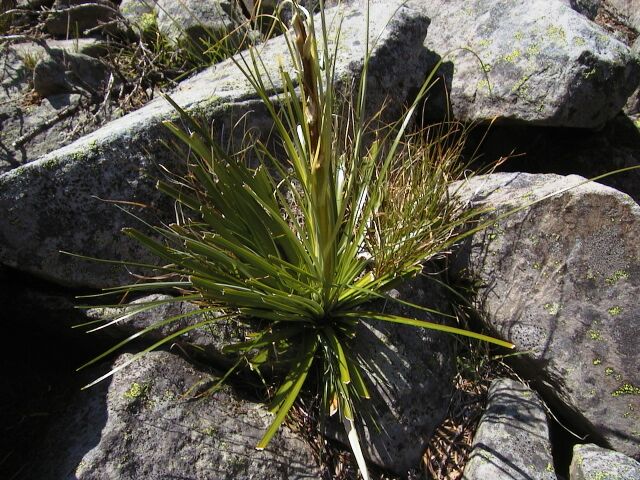
I was surprised that their hay fields were not more obvious given the population density around this skree field. However, I noticed that they made each foraging trip in a different direction from the last. While a few spots were revisited repeatedly over time, harvesting tended to be dispursed over a larger area. In some locations, however, I found that their repeated hay gathering expeditions resulted in noticeable paths.
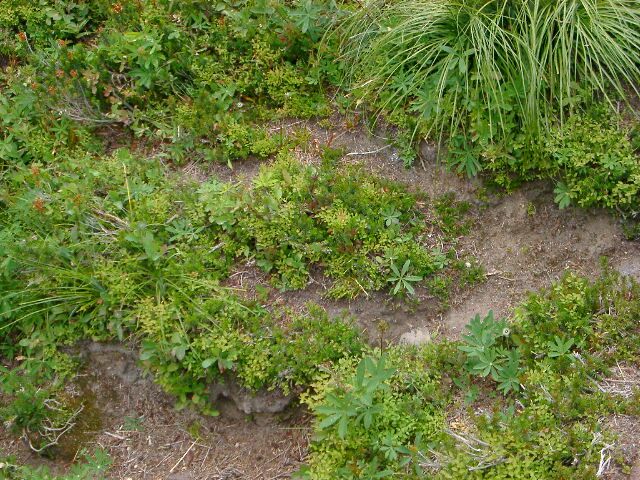
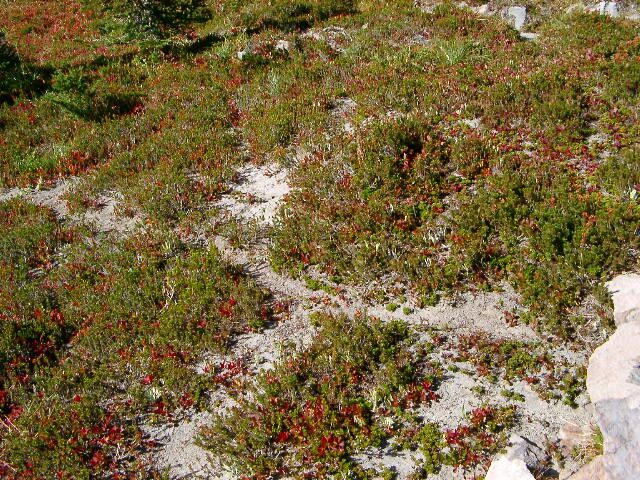
As winter approaches, feeding switches to plants that are cold hardy or to bark and woody shrubs.
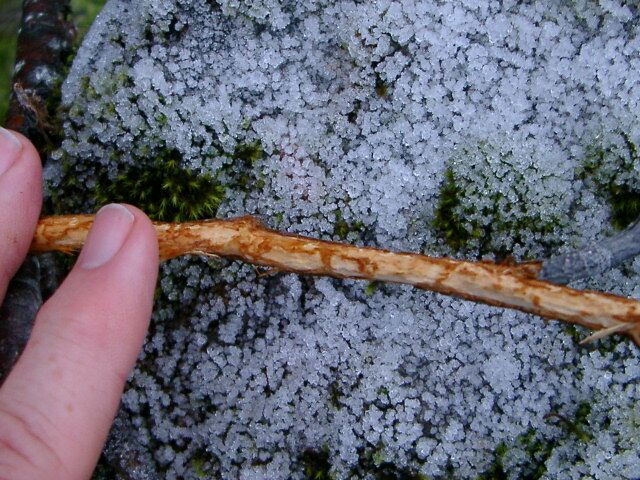
Pika pellets are very small and somewhat hard to find among the rocks. However, they tend to be concentrated at lookout and feeding spots.
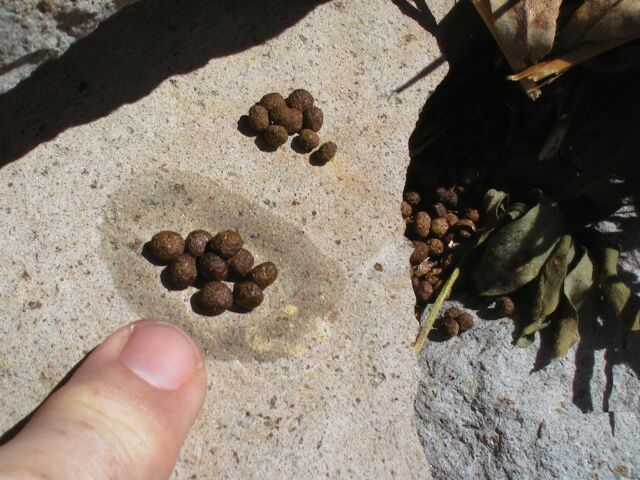
Tracks are uncommon due to the Pika's preferred habitat. Individual tracks are quite small (the front foot is less than an inch long and the hind foot is a little more than an inch long). The gait is probably of more help since it resembles a minature version of the pattern typical of its rabbit cousins. Here are some examples from sandy patches high in the Goat Rocks Wilderness of Washington. The hind feet hit first on a diagonal and the larger hind feet swing around in front to push off for the next hop.


When moving slow, however, a 3x3 pattern is often seen as a hind track partially obscures one of the front tracks.
Be sure to sit quietly long enough to watch them run around on the rocks and then dart out to grab a mouthful of herbs. Their speed and agility on the rocks seems surprising.